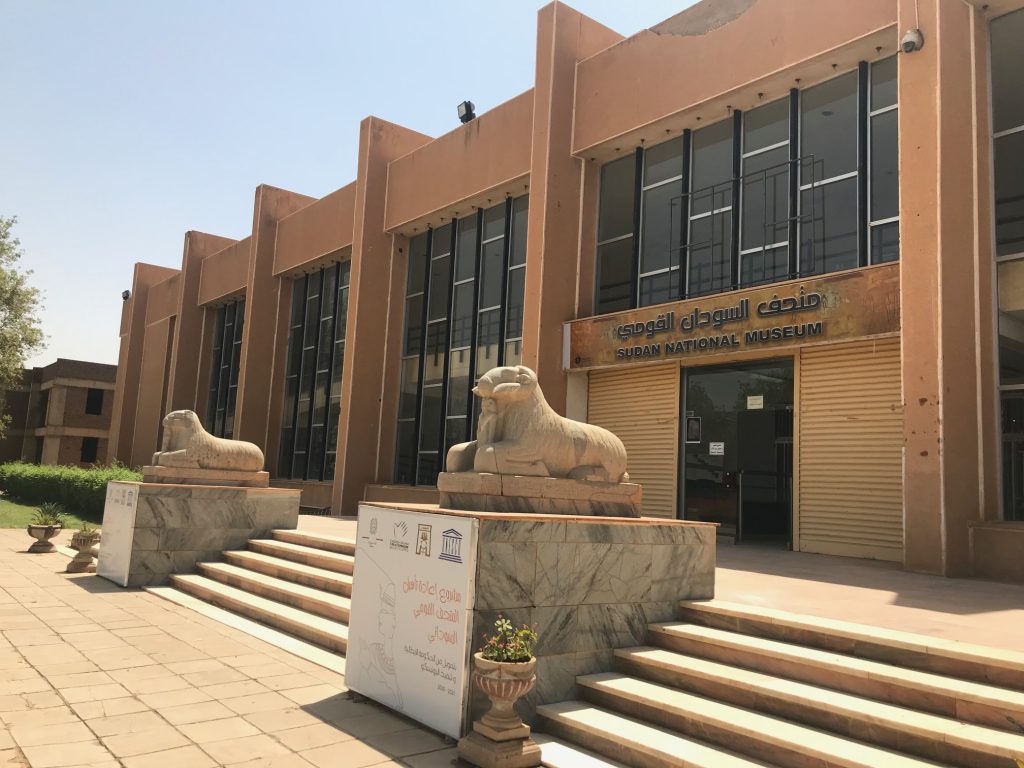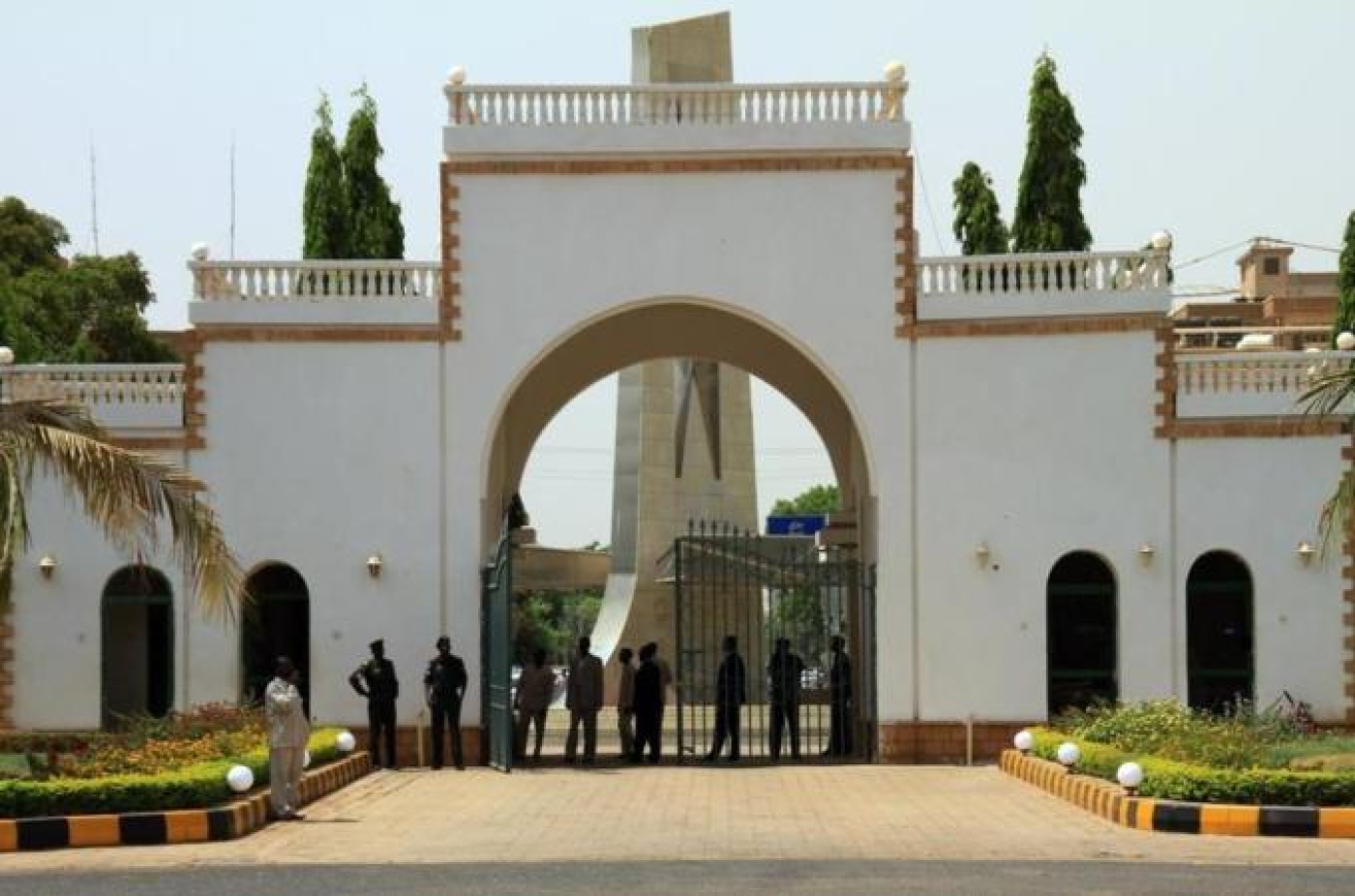Cultural Landmarks In Khartoum: A Journey Through History
Share
Khartoum, the capital of Sudan, is a city rich in history and culture, where the confluence of the Blue and White Nile rivers creates a unique backdrop for its vibrant landmarks. This bustling metropolis is not only the political heart of Sudan but also a treasure trove of cultural heritage. From ancient artifacts to modern architecture, Khartoum offers a diverse array of cultural landmarks that reflect its storied past and dynamic present.
National Museum of Sudan
One of the most significant cultural landmarks in Khartoum is the National Museum of Sudan. Established in 1971, this museum houses an extensive collection of artifacts that date back to ancient Nubia and Egypt. Visitors can marvel at the impressive array of statues, pottery, and jewelry that showcase the rich history of the region.
The museum's highlight is the collection of Meroitic artifacts, which represent the ancient Kingdom of Meroe, known for its pyramids and advanced civilization. The museum also features a beautiful garden with replicas of the Meroitic pyramids, providing a serene environment for reflection and learning.

Key Attractions at the National Museum
- Meroitic Pyramids: Replicas of the ancient pyramids that once stood in Nubia.
- Ancient Artifacts: A vast collection of items from various periods of Sudanese history.
- Educational Programs: Workshops and guided tours that enhance the visitor experience.
Al-Mogran Family Park
For those seeking a blend of relaxation and cultural experience, Al-Mogran Family Park is a must-visit. Situated at the confluence of the Blue and White Nile, this park offers stunning views and a peaceful atmosphere. It is a popular spot for families and tourists alike, featuring lush greenery, playgrounds, and picnic areas.

Activities at Al-Mogran Family Park
- Picnicking: Enjoy a meal surrounded by nature.
- Walking Trails: Explore scenic paths along the riverbanks.
- Cultural Events: Attend local festivals and gatherings that showcase Sudanese culture.
Omdurman Souq
Just a short distance from Khartoum lies the Omdurman Souq, one of the largest markets in Sudan. This bustling bazaar is a sensory delight, filled with the sounds of bargaining, the aromas of spices, and the vibrant colors of textiles and handicrafts. The souq is a perfect place to experience local culture and pick up unique souvenirs.

What to Find at Omdurman Souq
- Traditional Crafts: Handwoven baskets, pottery, and jewelry.
- Spices and Herbs: A wide variety of local spices that are essential to Sudanese cuisine.
- Street Food: Sample delicious local dishes from various food stalls.
Presidential Palace
The Presidential Palace is another iconic landmark in Khartoum, symbolizing the political power of the nation. While access to the palace itself is restricted, the surrounding gardens and architecture are worth admiring. The palace is located near the Nile and provides a picturesque view of the river.
Features of the Presidential Palace
- Stunning Architecture: The palace showcases a blend of modern and traditional Sudanese architectural styles.
- Gardens: Beautifully landscaped gardens that are open to the public.
- Historical Significance: Learn about the political history of Sudan and its leaders.
Great Mosque of Khartoum
The Great Mosque of Khartoum is a prominent religious site and one of the largest mosques in Sudan. Its striking architecture, featuring a large dome and towering minarets, makes it a landmark of the city. The mosque is not only a place of worship but also a center for community activities and education.

Visiting the Great Mosque
- Architecture: Admire the intricate designs and craftsmanship.
- Cultural Insight: Gain an understanding of Islamic practices and community life in Sudan.
- Quiet Reflection: Experience the peaceful atmosphere of the mosque.
Best Time to Visit Khartoum
The ideal time to visit Khartoum is during the cooler months, from November to February. During this period, temperatures are milder, making it comfortable for exploring the city and its landmarks. The weather is generally dry, with minimal rainfall, allowing for outdoor activities and sightseeing.
Weather Overview
- November to February: Average temperatures range from 20°C to 30°C (68°F to 86°F).
- March to October: Hotter months with temperatures exceeding 40°C (104°F), especially in April and May.
Conclusion
Khartoum is a city that beautifully intertwines history, culture, and modernity. From the ancient treasures of the National Museum to the vibrant atmosphere of Omdurman Souq, each landmark tells a story of the rich heritage of Sudan. Whether you're a history buff, a culture enthusiast, or simply looking to experience something new, Khartoum's cultural landmarks offer a unique glimpse into the heart of Sudanese life.
As you plan your trip to this fascinating city, consider booking your accommodations and flights through the following links for a hassle-free experience:
- Hotels & Flights: Book Here
- Transfers: Get Transfers
Prepare to immerse yourself in the vibrant culture and history of Khartoum, where every corner holds a piece of the past waiting to be discovered.



